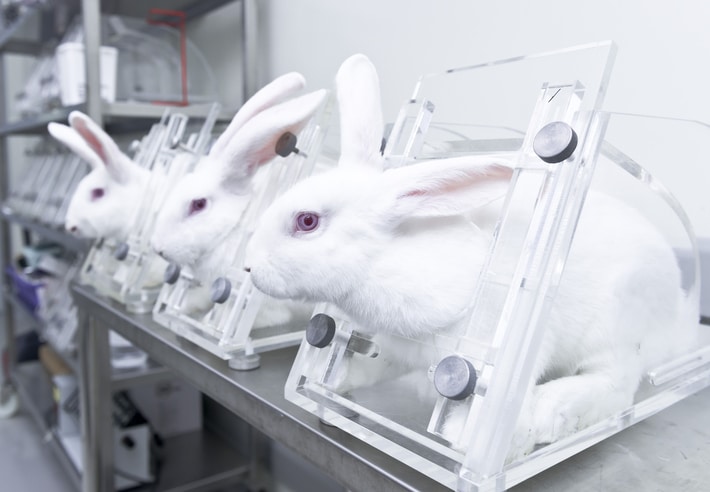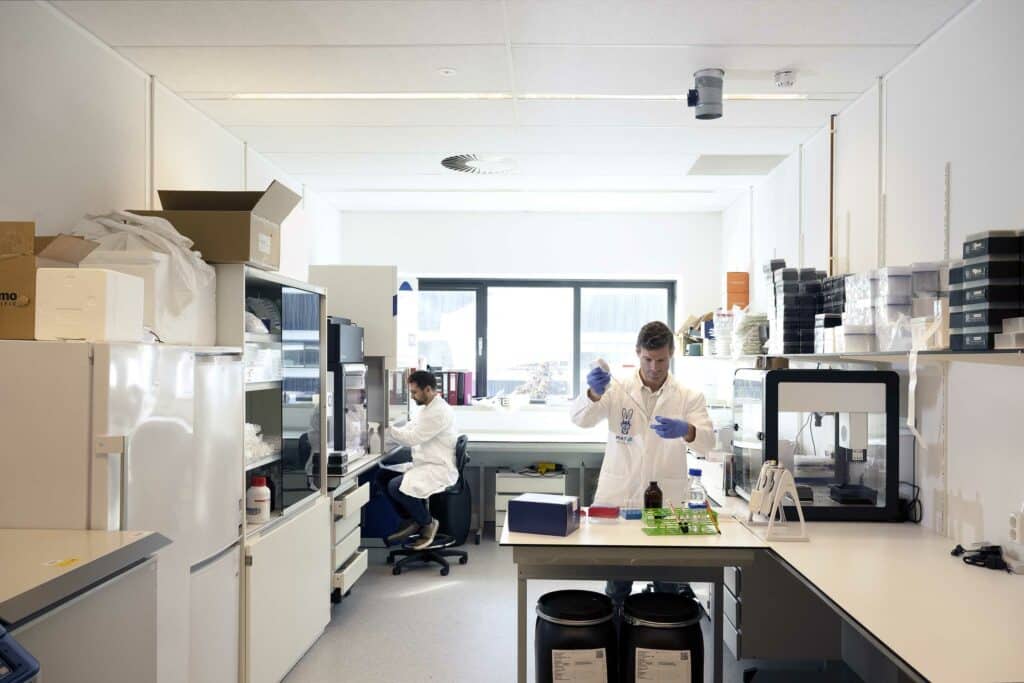Material-mediated pyrogenicity testing
The ISO mandates material-mediated pyrogenicity testing of medical devices. With RPT being transitioned away and LAL unable to detect NEPs, MAT is the only feasible detector of material-mediated pyrogenicity.
What is material-mediated pyrogenicity?
Academic research has not formally defined material-mediated pyrogenicity. That being said, both academically and in the field, material-mediated pyrogenicity is considered to occur due to contamination by a group of pyrogens outside of those comprising endotoxins but within those constituting non-endotoxin pyrogens. More specifically, material-mediated pyrogenicity is thought to derive from surfaces or materials of medical devices as well as contaminations that may have arisen during production or packaging. Material-mediated pyrogenicity is understood to stem from contaminants of mold releases, processing aids, cutting fluids, or cleaning agents — among others.
Must you do material-mediated pyrogenicity testing?
According to The International Organization for Standardization (ISO), all medical devices must be tested for material-mediated pyrogenicity. ISO released the globally-harmonized ISO10993 standards for the assessment of medical device biocompatibility. Per ISO 10993-11:2006 Biological evaluation of medical devices – Part 11: Tests for systemic toxicity, regulation standards worldwide require manufacturers to ensure their released medical devices have been tested for material-mediated pyrogenicity.

Using LAL for material-mediated pyrogenicity testing
The LAL’s mechanistic pathway is based on an enzymatic reaction, unlike those akin to the human immune system’s febrile response. As a result, while LAL can effectively detect endotoxins, it fails to detect non-endotoxin pyrogens associated with material-mediated pyrogenicity. There are in-vitro alternatives to this ex-vivo assay, like the rFC; however, they fail to detect material-mediated pyrogenicity. As a result, BET assays cannot be employed for detecting material-mediated pyrogenicity.

Employing RPT for material-mediated pyrogenicity tests
The RPT has been the gold standard of assays in assessing pyrogenic contamination in medical devices. The RPT’s mechanistic pathway is based on a biological reaction. Resultantly, both endotoxin and non-endotoxin pyrogens – including those of material-mediated pyrogenicity – can be detected using this assay. While RPT effectively tests material-mediated pyrogenicity, international pharmacopeia (like the European Pharmacopoeia) are mandating the transition from in-vivo assays towards in-vitro alternatives. As a result, employing RPT as an assay to test material-mediated pyrogenicity may prove short-sighted. And you may want to use an RPT alternative.

Making use of MAT for material-mediated pyrogenicity tests
MAT’s mechanistic pathway specifically simulates the biological human immune system febrile response using the blood of healthy human donors. MAT successfully detects both endotoxins and material-mediated pyrogens, which in part comprise non-endotoxin pyrogens.
Material-mediated pyrogenicity testing: Comparing RPT vs. MAT
| Assay analysis | Rabbit Pyrogen Test(RPT) | Monocyte Activation Test (MAT) |
|---|---|---|
| In-vitro test | ✘ | ✔ |
| Accepted by ISO | ✔ / ✘ | ✔ |
| Delivered results | Qualitative only | Quantitative & Qualitative |
| Human-specificity | ✘ | ✔ |
Testing for material-mediated pyrogenicity across different medical devices
Which test assay is most adaptable to testing material-mediated pyrogenicity across any shape, size, or medical device?
Aneurism clips
Mazzotti et al. (2007) successfully tested for material-mediated pyrogenicity on aneurism clips using monocyte activation testing.
Gelatin materials
Gelatin materials intended for the manufacturing of capsules were effectively tested for material-mediated pyrogenicity using MAT by Mohanan et al. (2011).
Intraocular lenses
In 2009, a paper was published on the successful detection of material-mediated pyrogenicity found on intraocular lenses using MAT by Werner et al.
Testing for material-mediated pyrogenicity on large, abnormally shaped, or multi-material medical devices
Until recently, a challenge for medical device manufacturers was detecting material-mediated pyrogenicity on large, abnormally shaped, or multi-material medical devices using MAT. Two examples of recent research underline some of the ways MAT can successfully test for material-mediated pyrogenicity on such challenging devices:
Hasiwa et al. (2006) evidence of how large, abnormally shaped, or multi-material medical devices can be tested for material-mediated pyrogenicity using a 15-well, stainless steel incubation chamber. At the bottom of the chamber, a flat sheet of test material is held with wells that provide access to the material for interaction. With straightforward chamber modifications, samples of the device could be kept in different wells to screen for material-mediated pyrogenicity with high throughput.
Stang et al.’s 2014 paper presents an alternative testing methodology for material-mediated pyrogenicity. It highlights the method of dynamic incubation, which allows for large medical devices such as blood transfusion sets which would have been impossible using RPT. Specifically, by using the dynamic rotation of the device during incubation with the blood cells, the entire surface of the device is at least at one point in direct contact with the cells so that any material-mediated pyrogenicity can be detected.